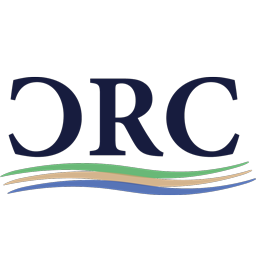CRC and STAC

The Chesapeake Research Consortium (CRC) administers STAC through a 6-yr CRC-EPA Cooperative Agreement, the latest agreement initiated on June 1, 2016. The oversight role for the CRC epitomizes one of the Consortium’s primary goals: to facilitate the transfer of scientific information to inform science-based management throughout the Chesapeake Bay Watershed. This role has been integral to CRC operations since its founding in 1972 and remains a major emphasis for the Executive Director.
Independent of STAC but consistent with the role outlined above, the CRC provides region-wide access to historical and current science results and information, as well as a large commitment to exploring emerging issues (e.g., fish health, oyster restoration and aquaculture, adaptive and ecosystem-based management, endocrine disrupting compounds and other emerging contaminants) for the region’s scientific and management communities. As a result, the Consortium is viewed as a regional source of unbiased science, whether as data, model output through the Chesapeake Community Modeling Program, multiple workshops, forums, meetings, conferences, symposia, and reviews it conducts through its own initiative or from requests received from the community, access to regional scientists, or reports and factsheets it produces from these activities. Further, the Director and staff are often requested to facilitate meetings and reviews throughout the region, reflecting the Consortium’s eagerness to encourage community-wide exposures to critical issues in the Chesapeake Bay Watershed’s restoration.
The other major role for the Director is to seek/foster major multi-institution, multi-disciplinary research for the scientific community of the basin. This often includes researchers from the CRC member institutions (JHU, ODU, PSU, SI, UMD System, VIMS) but is institution-blind in attempting to foster critical science projects that are critical to basic scientific knowledge that in all likelihood will eventually inform science-based management in the region. Hence, the Director attempts to assemble varied science interests, individuals, institutions, organizations, and agencies in initiatives, proposals, projects, or reviews that will best address a topical issue or theme pertinent to the watershed or Mid-Atlantic states.
Although CRC commits considerable staff and time to the Chesapeake Bay Program’s STAC, that activity is only a small part of the Consortium’s overall role in the region. The Executive Director and staff have and will continue to focus Consortium resources to expand regional science knowledge and thereafter, science-based management through translating and delivering relevant scientific information to information to any group seeking to further restoration efforts in the Chesapeake Bay Watershed.
